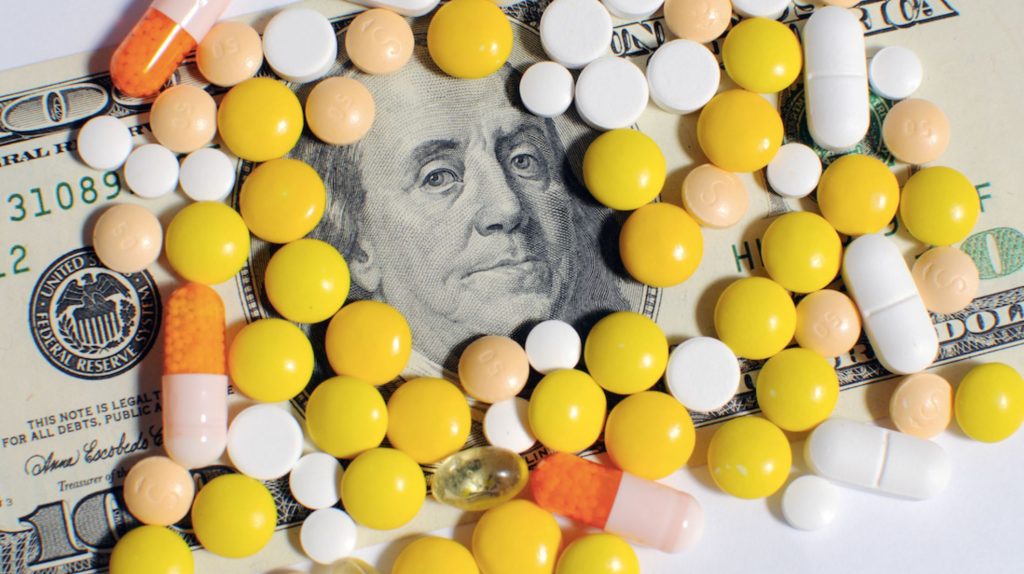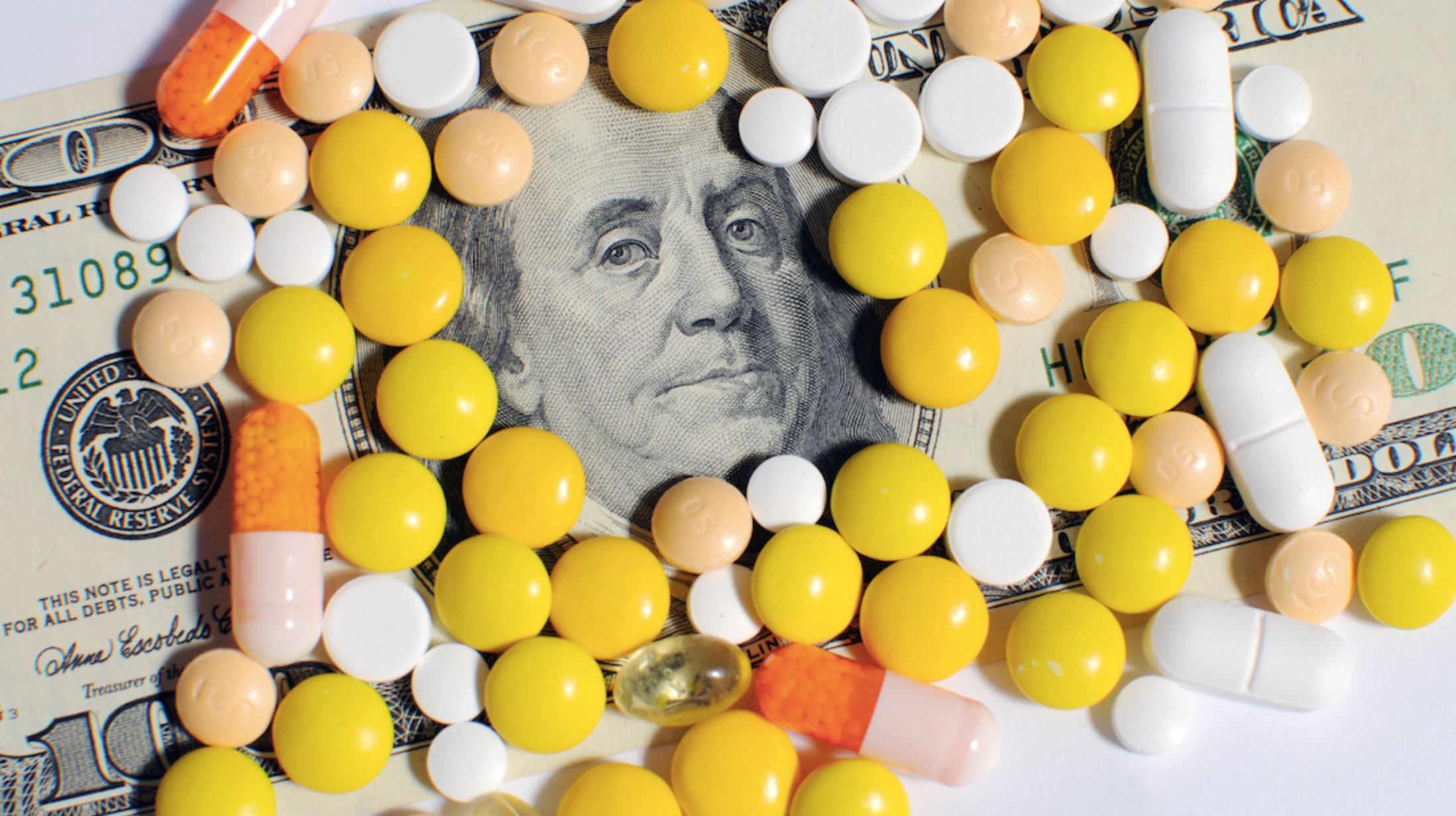
Scripps Research analyzed pharmacy insurance claims from over 35 million Americans, finding ‘continual, marked, annual increases’ of popular brand-name drugs, with price jumps often timed with competitors.
After reviewing tens of millions of insurance claims for the country’s 49 most popular brand-name prescription drugs, a team from Scripps Research Translational Institute found that net prices rose by a median of 76 percent from January 2012 through December 2017—with most products going up once or twice per year.
The substantial price increases were not limited to drugs that recently entered the marketplace, as one might expect, or to those lacking generic equivalents. In addition, the increases often were “highly correlated” with price bumps by competitors.
The researchers concluded that the current rebate system, which incentivizes high list prices for drugs and relies heavily on privately-negotiated rebates to pharmacies, plays a central role driving up costs for consumers. The byzantine and secretive rebate system, they noted, prevents consumers from making informed decisions about purchasing medications.
The study appears in the latest issue of JAMA Network Open.
“It’s no secret that health care prices are growing exponentially in the United States, but what has been less clear is the extent to which certain prescription drugs are contributing to that trend—especially when prices are clouded by a complicated rebate system,” says lead author Nathan Wineinger, PhD, director of biostatistics at Scripps Research Translational Institute and assistant professor in Scripps Research’s Department of Integrative Structural and Computational Biology. “By looking at price data for the most popular brand-name drugs, we found striking and consistent price increases occurring at regular intervals, regardless of competition in the marketplace.”
The Scripps Research team obtained the prescription data from a proprietary Blue Cross and Blue Shield data set known as BCBS Axis, which includes commercial insurance claims from more than 35 million Americans covered by independent Blue Cross and Blue Shield companies in the United States.
With a focus on the 49 most popular brand-name drugs with pharmacy claim data available for the entirety of their five-year research window, Wineinger and his team, led by Eric Topol, MD, conducted a high-dimensional data analysis to examine each claim’s total price. This was represented by the total out-of-pocket costs paid by the insured consumer and the amount paid by the insurer.
Researchers determined that prices of top-selling branded prescription drugs increased by a median of 9.5 percent annually, which equates to a doubling in price every seven to eight years. And they found that pairs of brand-name drug competitors that treat similar conditions—such as Humira and Enbrel, both for rheumatoid arthritis—demonstrated highly correlated price increases.
“It’s bad enough to see the relentless increase in drug prices, but this work underscores it is occurring without transparency or accountability,” says Topol, founder and director of Scripps Research Translational Institute and executive vice president of Scripps Research. “It is especially concerning to see drugs in the same class having increases that appear to be coordinated.”
Wineinger explains that a prescription drug’s list price is typically set by the pharmaceutical company that makes the drug, reflecting the payment shared by the insurer and the patient who buys the product at a pharmacy. However, drug companies increasingly offer rebates to organizations called pharmacy benefit managers, or PBMs, which negotiate with pharmacies and insurance companies to determine which drugs are offered as preferred “formulary” options to insurance plan members.
Those rebates are returned to the pharmacy at a later date, paid out by drug companies based on the total sales volume of their products, and cannot be linked directly to any individual purchase. This makes prices especially difficult to track.
Some drug companies have defended list price increases by reasoning that rebates have increased at a similar clip. However, the researchers found that is not the case, and concluded that increases in list prices and a greater reliance on rebates are making drugs more expensive overall.
“Accountability and transparency are essential to developing a better understanding of rising pharmacy costs,” said Maureen Sullivan, chief strategy and innovation officer for the Blue Cross Blue Shield Association (BCBSA). “The Blue Cross Blue Shield Association developed the Alliance for Health Research to engage researchers in collaborative efforts to explore critical health care issues and enable valuable insights that can benefit consumers and the medical community.”
Article by Scripps Research. Authors of the study, “Trends in Prices of Popular Brand Name Drugs in the United States, 2012-2017,” are Nathan Wineinger, PhD; Eric Topol, MD; and Yunyue Zhang, all of Scripps Research.
Disclaimer: We at Prepare for Change (PFC) bring you information that is not offered by the mainstream news, and therefore may seem controversial. The opinions, views, statements, and/or information we present are not necessarily promoted, endorsed, espoused, or agreed to by Prepare for Change, its leadership Council, members, those who work with PFC, or those who read its content. However, they are hopefully provocative. Please use discernment! Use logical thinking, your own intuition and your own connection with Source, Spirit and Natural Laws to help you determine what is true and what is not. By sharing information and seeding dialogue, it is our goal to raise consciousness and awareness of higher truths to free us from enslavement of the matrix in this material realm.
 EN
EN FR
FR



























The elephant in the room is the unwillingness of Congress or the President to make Medicare negotiate with Pharmaceutical cos. I wonder if they’re getting campaign contributions??